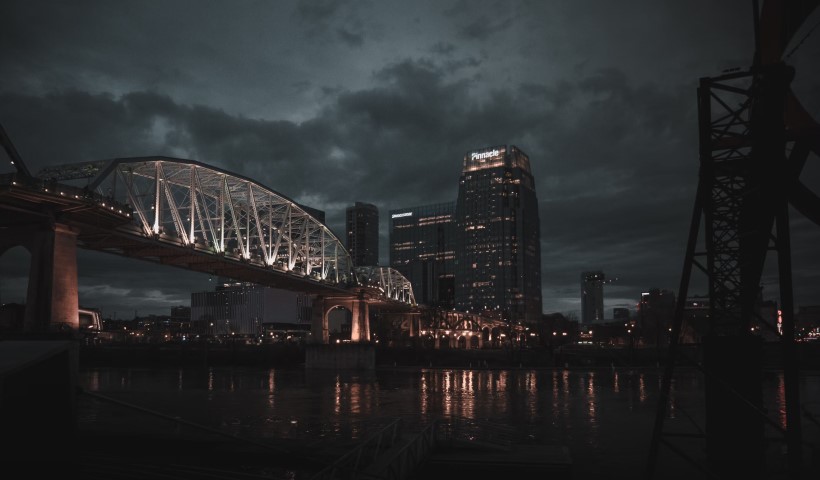Understanding SR22 Insurance: A Comprehensive Guide
If you have ever been involved in a driving incident that resulted in a suspended or revoked license, you may be familiar with the term SR22 insurance. However, understanding the intricacies of this specialized insurance coverage can be confusing for many people. In this comprehensive guide, we will delve into the details of SR22 insurance, providing you with a clear understanding of what it entails and how it can affect you as a driver.
First and foremost, let’s clarify what SR22 insurance actually is. An SR22 is not an insurance policy itself; instead, it is a form that your insurance provider files with the state to prove that you have the required minimum liability coverage. This form is typically required by individuals who have been involved in serious driving violations, such as driving under the influence (DUI) or reckless driving.
One common misconception about SR22 insurance is that it is only required for individuals who own a vehicle. This is where the term “non-ownership SR22” becomes relevant. If you do not own a vehicle but still need an SR22 form, you can obtain a non-ownership SR22 policy. This type of policy provides the necessary liability coverage even if you don’t own a car.
Non-ownership SR22 policies can be obtained by contacting an insurance provider and explaining your situation. The provider will assist you in obtaining the required form and will ensure that you meet the state’s liability coverage requirements. It is important to note that non-ownership SR22 policies typically have higher premiums compared to standard car insurance policies, as they are designed for high-risk individuals.
Another important aspect to consider when obtaining SR22 insurance is the length of time you will be required to maintain the coverage. The duration of the SR22 requirement varies depending on the state and the severity of the violation. In most cases, you will need to maintain SR22 coverage for a minimum of three years. However, it is crucial to check with your state’s Department of Motor Vehicles to confirm the exact duration.
Failure to maintain continuous coverage of your SR22 insurance can have severe consequences. If your policy lapses or is canceled, your insurance provider is obligated to notify the state, which could result in your license being suspended or revoked once again. It is imperative to make your SR22 insurance payments on time and keep your coverage active throughout the required period.
In conclusion, understanding SR22 insurance is essential if you find yourself needing this form due to a driving violation. Whether you own a vehicle or not, obtaining the necessary coverage is crucial for regaining your driving privileges. By obtaining a non-ownership SR22 policy, you can fulfill the state’s liability coverage requirements even without owning a car. Remember to maintain continuous coverage throughout the required period to avoid legal consequences. If you have any further questions, it is best to contact your insurance provider or the local Department of Motor Vehicles for guidance.
For me information on non ownership sr22 contact us anytime.












